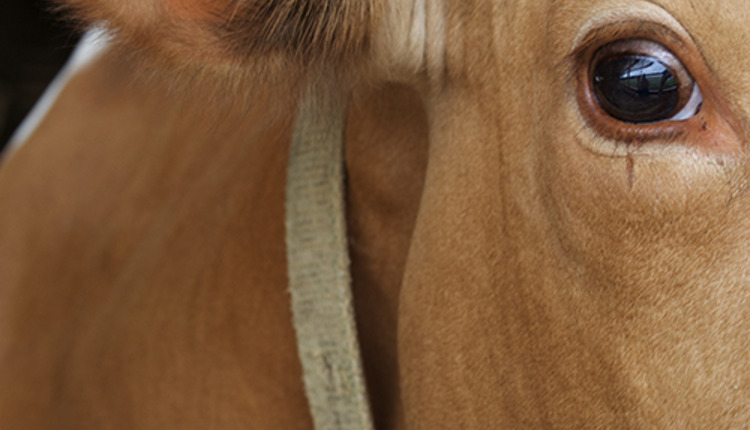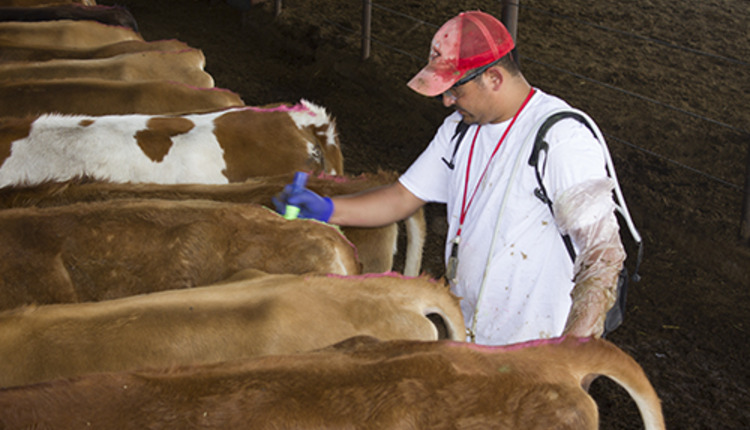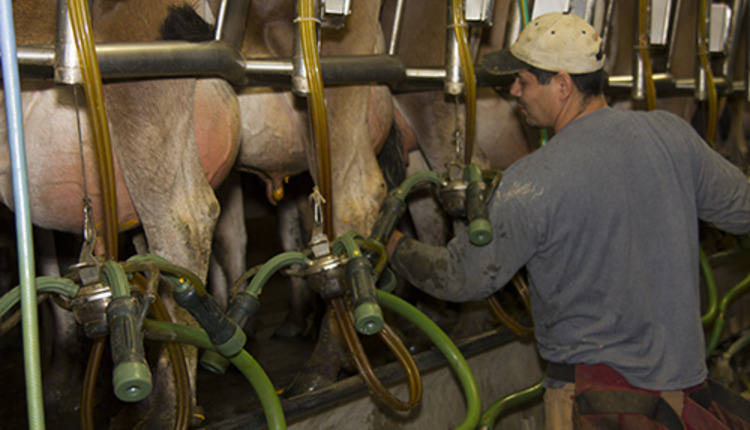 Ultimately, the goal of most vaccines is to prevent infection. And thanks to the advent of vaccines, smallpox and polio have been all but eliminated in humans. In the dairy industry, we'd welcome a vaccine that would eliminate or eradicate udder infections.
Ultimately, the goal of most vaccines is to prevent infection. And thanks to the advent of vaccines, smallpox and polio have been all but eliminated in humans. In the dairy industry, we'd welcome a vaccine that would eliminate or eradicate udder infections.But for mastitis, the case isn't as clear-cut.
Current mastitis vaccines are geared toward elevating antibody levels - but this may not be the best means of eliminating certain types of bacteria. "Each bacterium triggers the immune response differently, and vaccination-induced antibody levels may not be sufficient to prevent infection from occurring," noted Gina Pighetti, with the University of Tennessee, at the Southeast Quality Milk Initiative annual meeting.
"A vaccine works well if the antibody can bind to bacteria. Some bacteria, such as Staph. aureus and Strep. uberis, can "hide," which limits antibodies' effectiveness," added Pighetti.
Before implementing a vaccination protocol for mastitis, risk factors that could limit the vaccine's effectiveness must be addressed.
"Mastitis vaccines cannot overcome poor management. Dry cows need to be housed in a clean, dry environment, overstocking and heat stress need to be kept at a minimum, and transition cow diseases need to be under control," noted Pighetti.
Then, the choice to use a mastitis vaccine depends on the farm's mastitis issues and if there's a vaccine available.
A gram-negative vaccine could be used if gram-negative bacteria cause the majority of clinical mastitis cases. This occurs more frequently in herds with an SCC below 200,000 cells/mL. Furthermore, if severe clinical mastitis tends to occur during a certain stage or season, the vaccination protocol should be adapted to match when infections occur.
Even with a vaccination, gram-negative infections may still occur at the same level, but you'll:
• See shorter infection durations
• Lose less milk production
• Have fewer cows die or culled due to mastitis
Staph. aureus vaccines, on the other hand, do not cause a strong clinical response and are generally not recommended for lactating cows. "Proper milking procedures and functioning milking equipment are more effective in controlling Staph. aureus since it's transmitted during milking," added Pighetti.
A vaccine may be helpful in controlling Staph. aureus mastitis in heifers, though. "Staph. aureus vaccines have been shown to reduce the number of infections in heifers at calving and improved 305-day milk yield by 1,953 pounds," she added. Even with a vaccine, fly control cannot be ignored; flies are the primary vector for Staph. aureus' spread.
(c) Hoard's Dairyman Intel 2015
November 16, 2015








